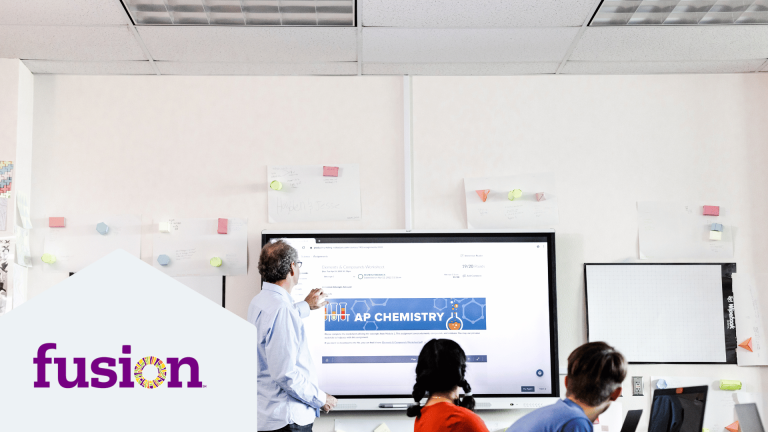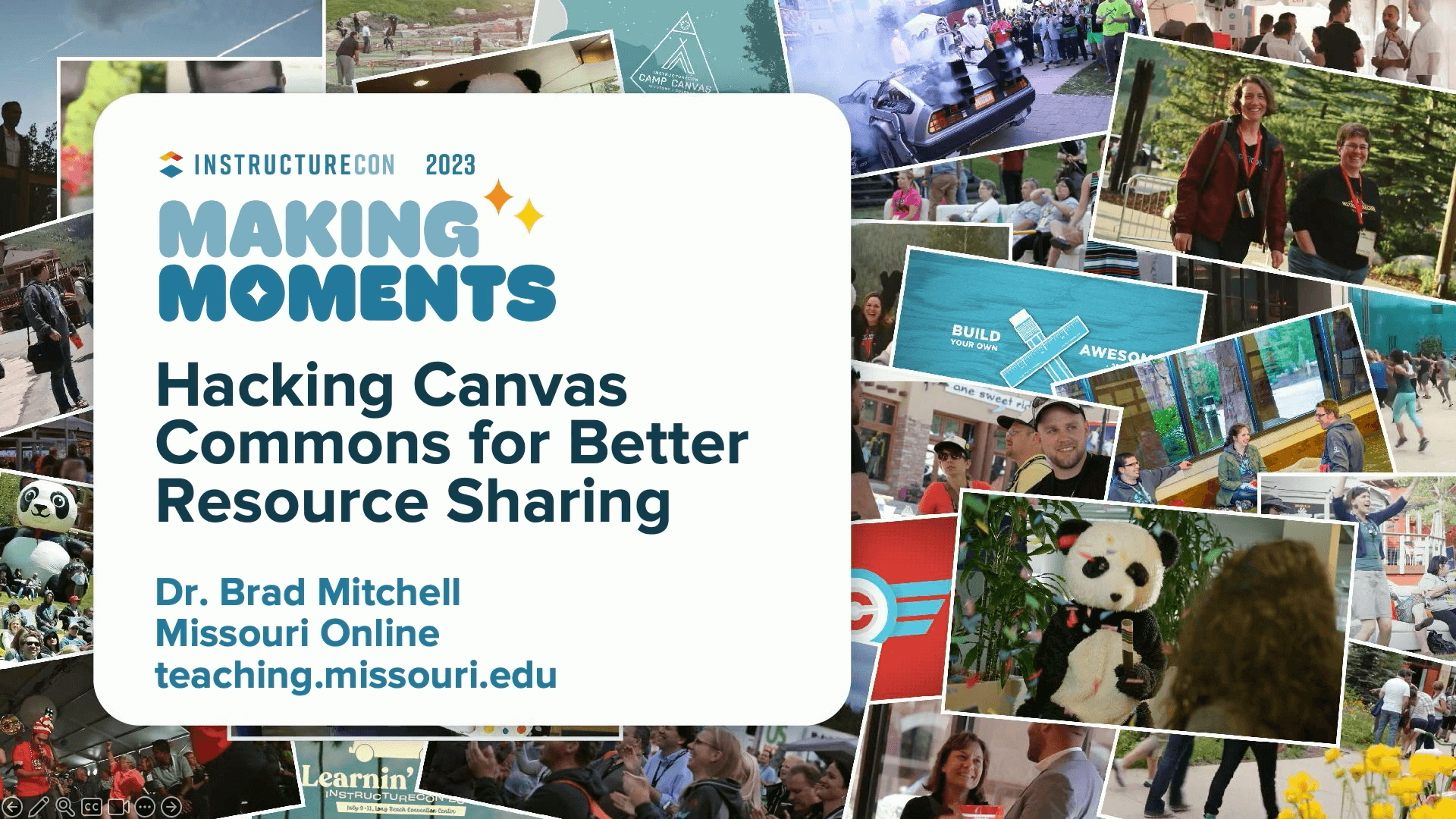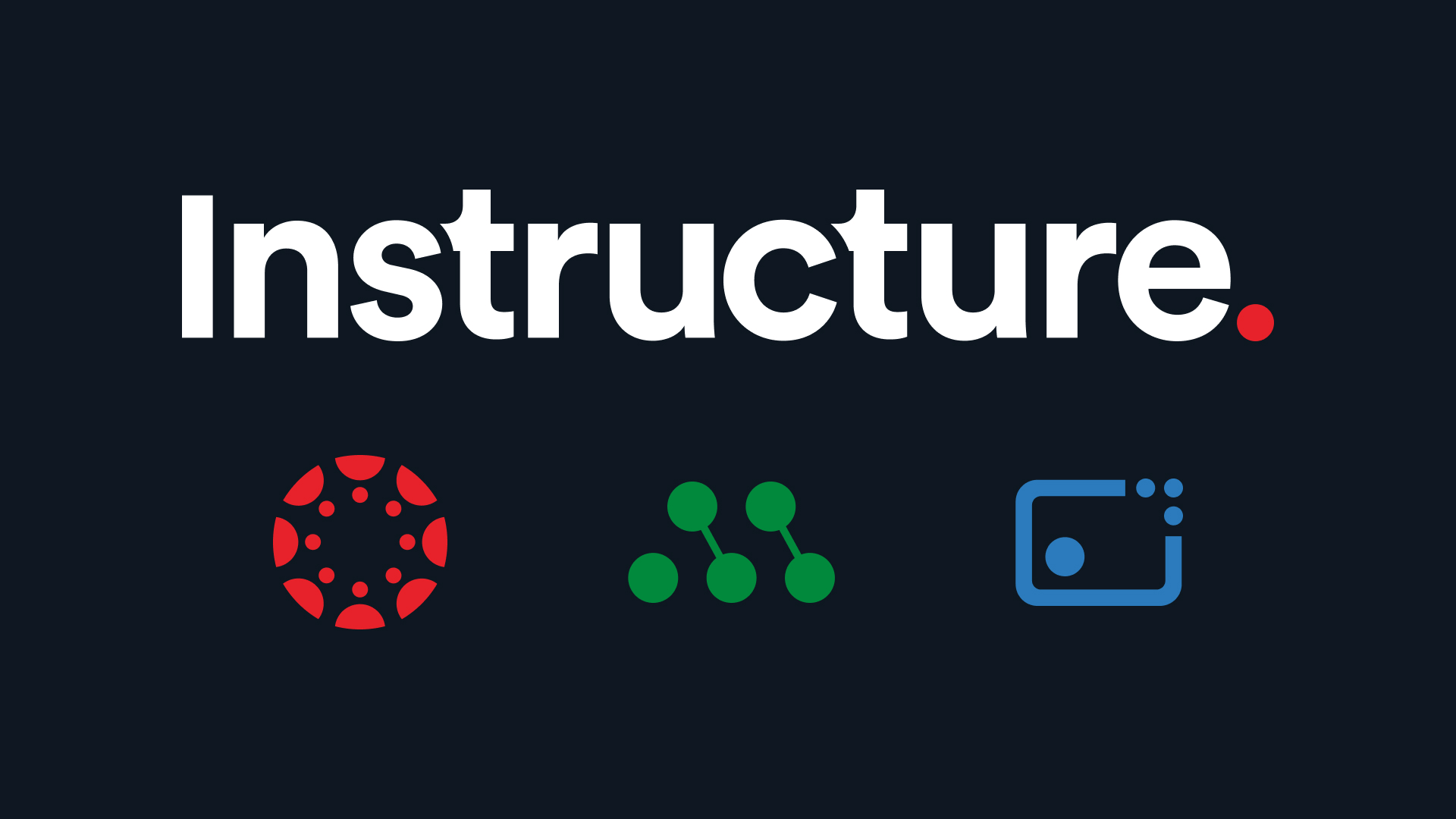Try doing an internet search for ‘Quadratic Functions Worksheets’ or ‘Sonnet Lesson Plans,’ and you’ll quickly be buried in a pile of links and PDFs. For those who teach or have taught, this might sound like a familiar step in the daily hunt for instructional materials. I know that in my teaching career, I occasionally found myself lobbing keywords at a search engine and hoping for something good to bounce back.
But how can we be sure that these resources are effective and appropriate? Will these DNA replication slides uploaded by some kind stranger serve my unique learner population? Does this anonymously posted short story rubric on a website I’ve never heard of adhere to pedagogical principles? It can be hard to tell in a pinch, but it turns out the answer to these questions around resource quality is often a resounding “NO!”
Current Reality
What drove home this point for our team at Fusion Academy was a report from the Thomas B. Fordham Institute titled, “The Supplemental Curriculum Bazaar: Is What’s Online Any Good?” (Polikoff & Dean, 2019).
The authors begin by conveying that nearly all teachers use resources found online, and many do so quite often. They go on to evaluate hundreds of ELA resources from some prominent online resource banks. Alarmingly, the resources typically had minimal instructional support, weak standards alignment, poor knowledge-building value, little support for diverse learners, and a lack of cultural diversity. Furthermore, the quality metrics the authors developed had a weak correlation with the resource's popularity (measured by downloads). As our team finished digesting this article and its implications, we set about thinking through how we could address this need within our schools.
What We Do
Fusion Academy specializes in highly personalized and holistic learning; with over 30 years of experience, we pride ourselves on being the world’s most personalized school. In fact, we’re not just one school, but a national network of 80 campuses serving grades 6-12.
With personalized instruction as our goal, we have to work hard to ensure we provide teachers with a diverse set of high-quality resources. Last year, we adopted Canvas LMS as Fusion Academy’s learning management system. We began investigating Canvas Commons as a possible solution to our need for a more systematized approach around creating, housing, and distributing high-quality teacher-created resources.
The Project
Canvas Commons is a robust and open repository of instructional materials in Canvas native formats (Modules, Pages, Assignments, Quizzes, etc.) that have been contributed by educators around the world.
The plethora of resources can be overwhelming to even the most veteran teachers. So, while we didn't want to restrict our teachers’ access to Canvas Commons, we saw an opportunity to use Canvas’ “approved content” feature to create a separate system within it (here’s a great article from Instructure that shows how to set up this feature).
In this digital library, we house custom-built and intentionally curated resources that align with our personalized approach. Once we had this configured, teachers were able to toggle back and forth between searching within our ‘approved content’ and the larger Canvas Commons:

While it’s important to have these technical components squared away, let’s not forget the instructional design considerations. When we considered what rubric to use to assess resources for quality, we were inspired by both the criteria proposed in the Polikoff and Dean article and the needs we saw within our campuses. Our analysis resulted in 9 criteria under the following categories:

Before a resource is added as ‘approved content,’ we vet it with this rubric. Based on our experience, I recommend proactively using quality metrics to ensure your library stays aligned to pedagogical principles. It can be difficult, if not impossible, to retroactively institute quality controls once you've already established a system.
Our next consideration was deciding how teachers would sort through this library once it was populated. Our team is lucky to have a few folks with experience in Library and Organizational Sciences who advised us on how crucial it is to have clear-cut navigation. To accomplish this, we used the tags in Canvas Commons that can be added during the upload process.

The tagging system we landed on is a simple hierarchy where teachers can search by subject and then narrow it down by adding more specific tags. For example, a teacher looking for assignments related to fractions for their Middle School Math 2 student can find a relevant resource using these search terms:

Finally, our approved library needed a way for teachers to share or suggest resources for inclusion. There is certainly no shortage of options, and Canvas has an awesome ‘send to’ function that doesn’t require leaving the Instructure ecosystem. We decided to use a browser-based form through our office suite provider, but I’d encourage you to get creative and carefully consider your needs.
Bring Everyone Together
As a parting note, I suggest that even if your institution isn’t in a position to create a system like this any time soon, you can still take many steps to ensure resource quality. For instance, one easy-to-implement professional development idea is to get teachers together and co-create a resource evaluation rubric based on pedagogical principles, relevant research, and your institution’s values.
Teachers can then take this with them back into the classroom as a guide while they brave the vast expanses of the web in search of quality!
References:
Polikoff, M., & Dean, J. (2019, December). The Supplemental Curriculum Bazaar: Is what’s online any good? The Thomas B. Fordham Institute. https://fordhaminstitute.org/national/research/supplemental-curriculum-bazaar


